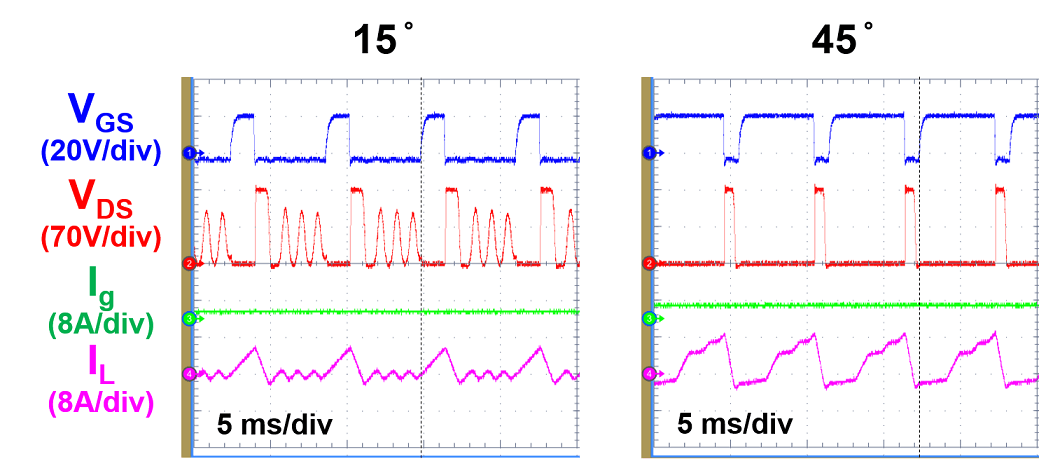LIBRARY
Improved Three-Phase Critical-Mode-Based Soft-Switching Modulation Technique with Low Leakage Current for PV Inverter Application

With a novel critical-conduction-mode (CRM)-based soft-switching modulation technique applied in a wide bandgap (WBG) semiconductor high-frequency three-phase bidirectional ac-dc converter system, both high power density and high efficiency are achieved. However, the limitations of high leakage current under that soft-switching modulation prevents its use in PV system applications.
One of the causes of high leakage current is the change of digital pulse width modulation (DPWM) clamping every 60-degree line-cycle interval. This work proposes an improved modulation concept to reduce the leakage current. The phase originally operating at clamping mode is made to synchronize to the phase originally operating at CRM in order to avoid the high leakage current spike that would otherwise occur every 60 degrees as described earlier. In addition, a small CM choke is added, to further reduce the switching-frequency components of the leakage current. With the improved modulation, ZVS is achievable in the CRM operating phase, and valley switching is achievable in the DCM operating phase. The price paid with the improved modulation is the increased switching-related loss, which is around 0.2% of the total system power according to simulation results.
The improved modulation is digitally implemented with one low-cost microcontroller (MCU), and the benefits are experimentally verified on a SiC (WBG)-based three-phase bidirectional ac- dc converter prototype. Fig. 1 shows the experimental waveform of leakage current under low voltage to validate the benefit of leakage current reduction with improved modulation. Fig. 2 shows some typical switching-cycle waveforms to verify the realization of soft switching.























































































